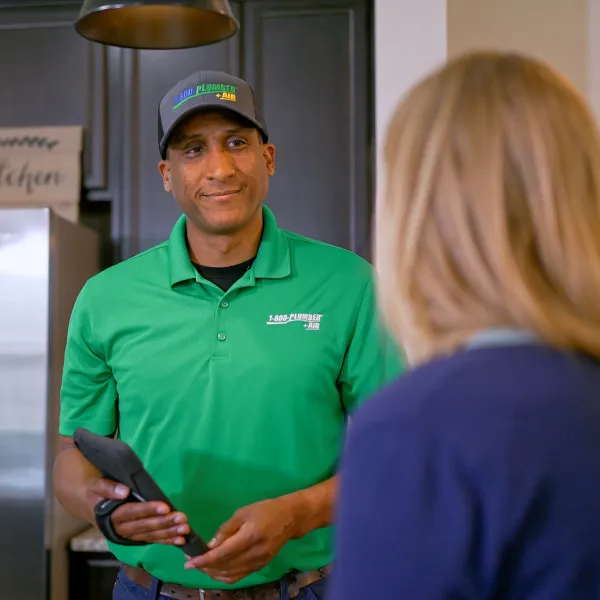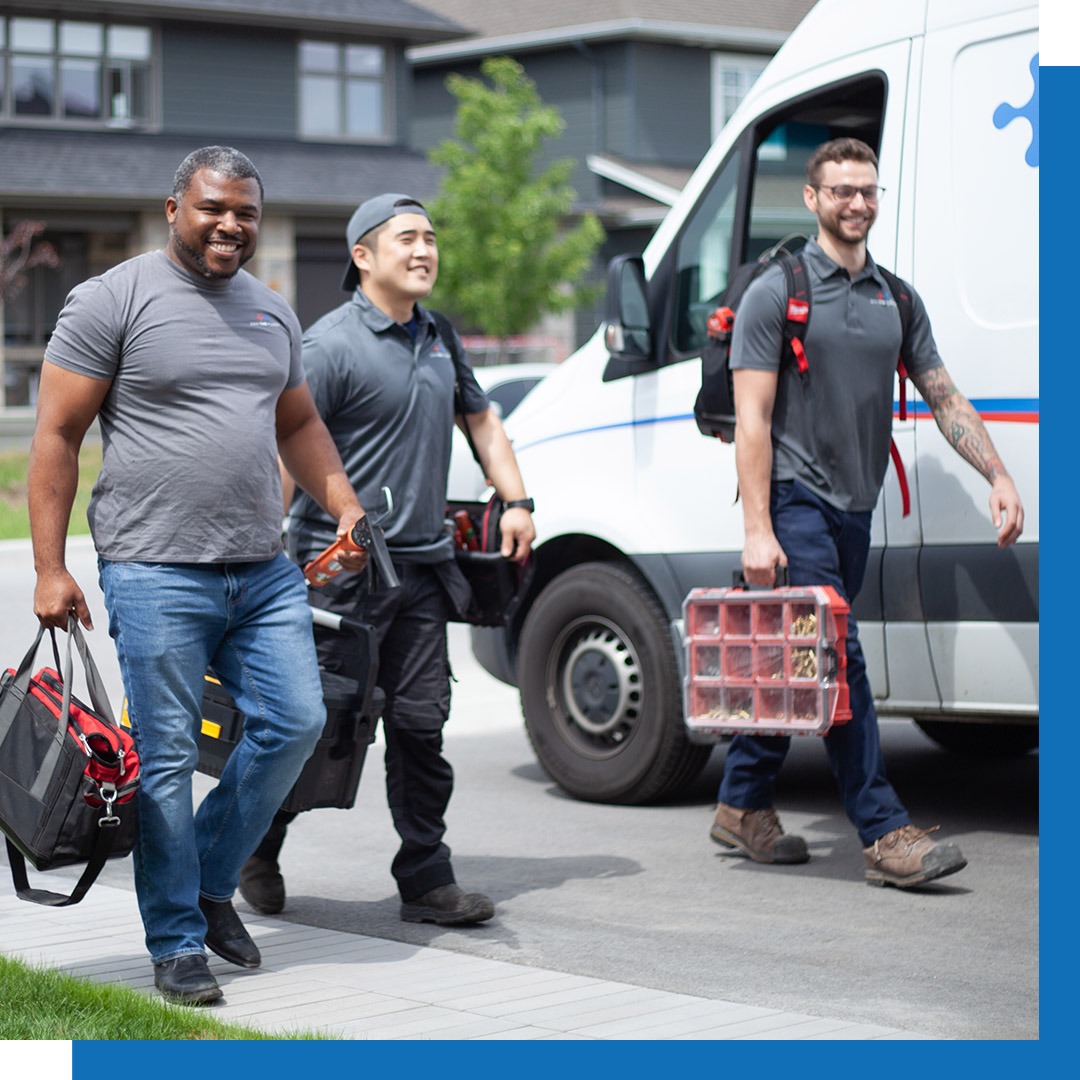Quality Water Heater Installation Alabaster AL for Ideal Convenience
A Detailed Overview to Effective Water Heater Installation for Optimum Performance
Starting the task of installing a hot water heater is a venture that requires precision and a methodical method for achieving ideal efficiency. The procedure starts with the essential choice of selecting the suitable heating unit customized to the details needs of your household, thinking about variables such as dimension, type, and energy resource. As soon as chosen, preparing the installation location to satisfy safety and security criteria is critical. The trip does not end right here. As you proceed, the details of connecting water system lines and setting up reputable electric or gas connections await, appealing understandings into guaranteeing efficiency and reliability.
Choosing the Right Water Heating Unit

Following, consider the size and capacity of the water heating unit. It's vital to evaluate your home's hot water demands, which can vary based upon the variety of residents and their usage patterns. A device that's as well small might result in not enough warm water, while an oversized design may cause unnecessary energy consumption.
Efficiency rankings additionally play a pivotal role in choice. Look for hot water heater with high Energy Element (EF) ratings, suggesting exceptional performance and decreased power usage. Tankless designs, though typically more pricey ahead of time, offer significant energy cost savings with time due to their on-demand heating capabilities.
Preparing the Installment Location
Before mounting a brand-new water heating system, precise preparation of the installation location is necessary. This ensures a smooth setup process and assists stop future issues (Plumbing Services Alabaster AL). Begin by choosing an appropriate location that follows neighborhood building regulations and security requirements. The location ought to be dry, well-ventilated, and accessible for maintenance. It's crucial to measure the room carefully to accommodate the water heater's dimensions, making sure appropriate clearance around the device for effective operation and servicing.
Following, eliminate any type of debris, dust, or obstructions from the site to produce a clean setting. Check the flooring for security, as the hot water heater will require a solid, level surface area to operate efficiently. If essential, install a drip frying pan under the unit to catch prospective leaks or spills, avoiding water damages to the surrounding location. In areas susceptible to seismic activity, think about installing seismic straps to secure the heating system securely in location.
In addition, ensure that all necessary devices and materials are on hand before commencing the installment. This includes products such as wrenches, screwdrivers, a level, and any type of added equipment required for protecting the heating unit and placing. A well-prepared setup area sets the structure for a successful hot water heater arrangement, optimizing performance and security.
Connecting Water System Lines
When attaching supply of water lines to your newly set up water heater, it is crucial to guarantee that all links are safe and leak-free to keep effective procedure and avoid water damages. Begin by identifying the hot and chilly supply of water lines. The chilly water inlet is usually noted with a blue tag or a "C", while the hot water outlet is marked with a red tag or an "H".
Use flexible water heating unit connectors to help with an easier installment process. These ports can soak up vibration and enable minor activity, reducing the risk of leakages. Prior to attaching the connectors, put a plumbing technician's tape around the threaded ends of the hot water heater's inlet and electrical outlet pipelines - Plumbing Services Alabaster AL. This tape acts as a sealer, protecting against leaks. Very carefully connect the versatile tubes to the particular inlet and electrical outlet, making sure that they are limited but not over-tightened, which might damage the threads.
As soon as links are in location, gradually switch on the major water supply shutoff. Check each link for leakages by aesthetically inspecting and really feeling for moisture. Tighten links as essential, and make certain the stress relief valve is properly mounted, guarding against excessive stress accumulation.
Establishing Up Electric or Gas Connections
Appropriately setting up the electric or gas links for your water heater is an essential step to make sure safe and reliable operation. For electrical hot water heater, start by verifying that the electrical circuit is compatible with the heating unit's voltage and amperage requirements. Guarantee the power supply is shut off at the breaker to stop accidents. Attach the electrical cords to the heater complying with the supplier's wiring layout. Generally, this entails linking the ground wire to the eco-friendly terminal, and the staying cables to their matching terminals, safeguarding each with wire nuts.
For gas water heating systems, safety and security is critical. Attach the gas line to the water heater making use of an adaptable gas connector, guaranteeing it is correctly threaded and secured with pipe joint substance or Teflon tape appropriate for gas links.
Once links are made, check for any type of possible leakages. For visit this web-site gas lines, use a soapy water service to the joints; bubbles show a leak. For electrical connections, here ascertain that all wiring is safe and secure and properly protected, preserving compliance with neighborhood electric codes.
Checking and Changing for Performance
With the electrical and gas links securely in area, the following step is evaluating the functional effectiveness of your water heater. Begin by very carefully turning on the supply of water and ensuring there are no leakages at any one of the joints or shutoffs. Once validated, continue to fill the storage tank, focusing on the pressure and temperature setups. It is recommended to establish the thermostat to an advised temperature level of around 120 ° F(49 ° C) to stabilize power effectiveness and comfort.
Following, execute a complete evaluation to make sure the heating components or gas heaters are working properly. For electric heaters, utilize a multimeter to verify if the components are drawing the appropriate current. In gas models, observe the heater flame; it must be blue and stable, indicating reliable combustion.
Readjust the settings as needed to eliminate inefficiencies. Take into consideration executing insulation measures, such as including a water heater covering, to further improve performance by reducing warm loss. Additionally, check the anode pole's problem, as a scrubby pole can minimize efficiency and result in tank corrosion.
Conclusion
Effective water heater installation is important for guaranteeing optimum performance and energy savings. Securely connecting water supply lines and meticulously establishing up electric or gas connections decrease possible issues.

Correctly establishing up the electric or gas connections for your water heating unit is a crucial action to ensure risk-free and reliable procedure. For electric water heating systems, start by validating that the electrical circuit is compatible with the heating system's voltage and amperage demands. Link the gas line to the water heating unit using a flexible gas adapter, ensuring it is properly threaded and secured with pipeline Click This Link joint compound or Teflon tape appropriate for gas connections.